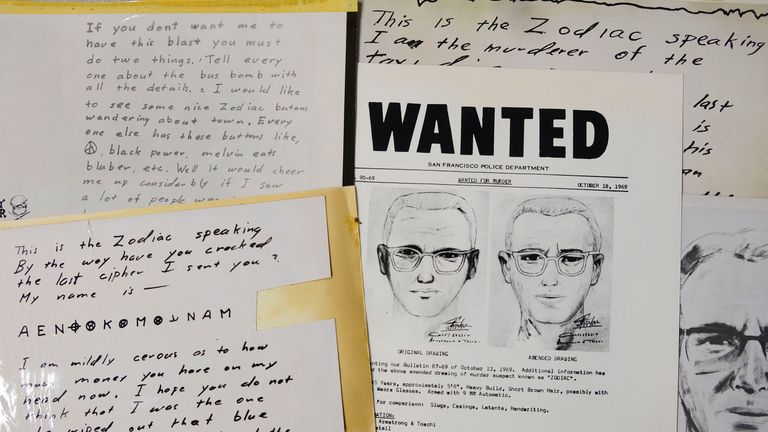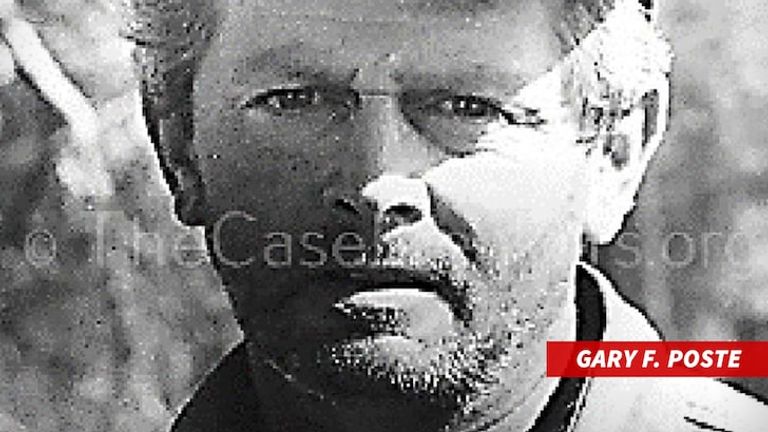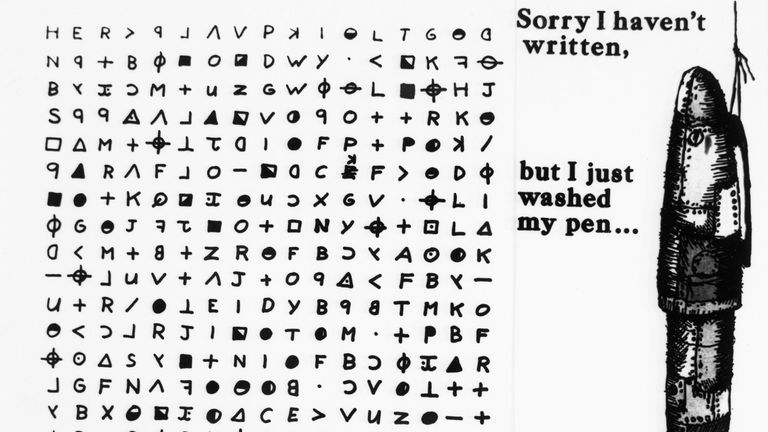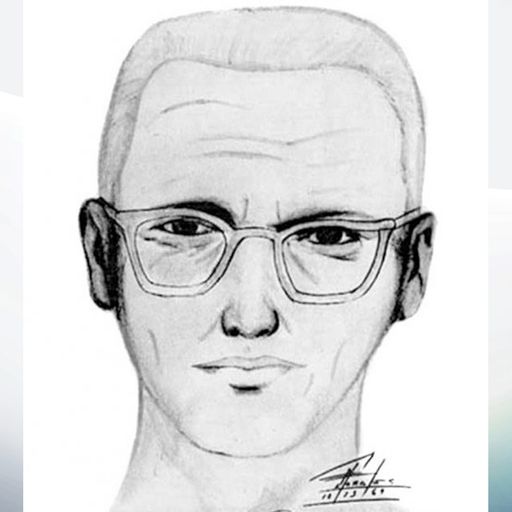Zodiac killer who terrorised San Francisco 'identified' by team of 40 cold case investigators
The case of the serial killer, who murdered five people in the late 1960s before taunting the police through letters to the media, has remained unsolved for more than 52 years.
Thursday 7 October 2021 09:17, UK
A team of cold case investigators believe they have identified the Zodiac killer, who has been at the centre of one of America's most notorious unsolved criminal cases for more than half a century.
The Case Breakers, who say they are a team of more than 40 former law enforcement investigators, journalists and military intelligence officers, have named the serial murderer as Gary Francis Poste.
The Air Force veteran from the Sierra foothills died in 2018, according to the investigators.
The Zodiac killer murdered five people in the Bay Area of California between 1968 and 1969.
He taunted police and made threats through letters sent to area newspapers before abruptly ceasing communication. His letters would contain ciphers which he claimed would reveal his identity if they were decoded.
In one letter, the Zodiac himself claimed to have murdered 37 victims, and he has been linked to several other cold cases, but only the five Bay Area murders and two attempted murders have been officially attributed to him.
Despite the circumstantial evidence presented by the Case Breakers, federal and police investigators tasked with solving the 52-year-old mystery told the San Francisco Chronicle that the latest theory doesn't hold up.
The investigators' theory is partly based on Poste's similarity in photos to a 1969 police sketch of the Zodiac killer. One of the key similarities is said to be the scars on his forehead.
Jen Bucholtz, a former Army counterintelligence agent who is a member of the team, also said letters sent by the Zodiac killer reveal Poste to be the killer when the anagrams in them are deciphered.
She told Fox News. "So you've got to know Gary's full name in order to decipher these anagrams.
"I just don't think there's any other way anybody would have figured it out."
The Case Breakers also claim to have proof their suspect killed Cheri Jo Bates, a woman murdered in Riverside, California, in 1966. The murder had been attributed to Zodiac in the past, but Riverside police have debunked the theory.
A number of theories have been put forward as to the identity of the Zodiac killer over the years - including a son who claimed it was his dead father, and another man who claimed his friend confessed to the crimes before his death in 2002.
However, the only man ever named as a suspect was Arthur Leigh Allen of Vallejo, California, who died in 1992.
In response to the Case Breakers theory which names Gary Poste, the San Francisco office of the FBI said in a statement to the San Francisco Chronicle on Wednesday: "The Zodiac killer case remains open. We have no new information to share at the moment.
The San Francisco Police Department echoed the statement to the California-based paper.
The San Francisco Chronicle and police get hundreds of tips every year on potential Zodiac suspects and solutions to the coded messages.
Read more:
Who is 'Grindr killer' Stephen Port - and were opportunities missed to stop him sooner?




